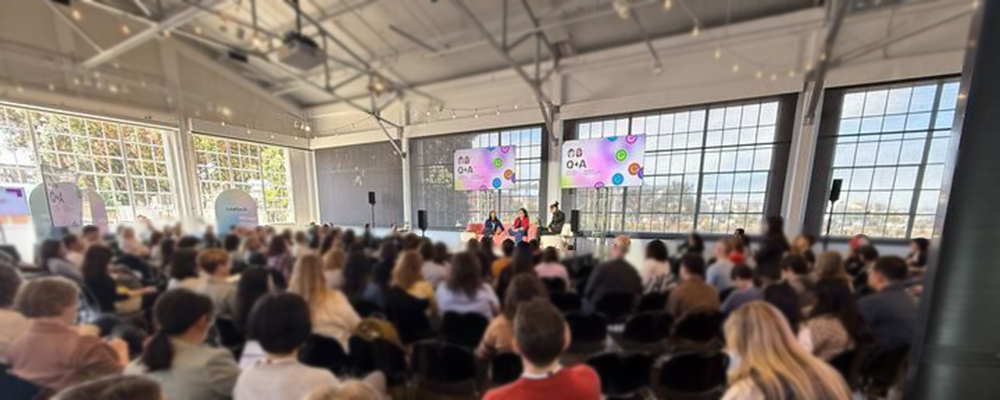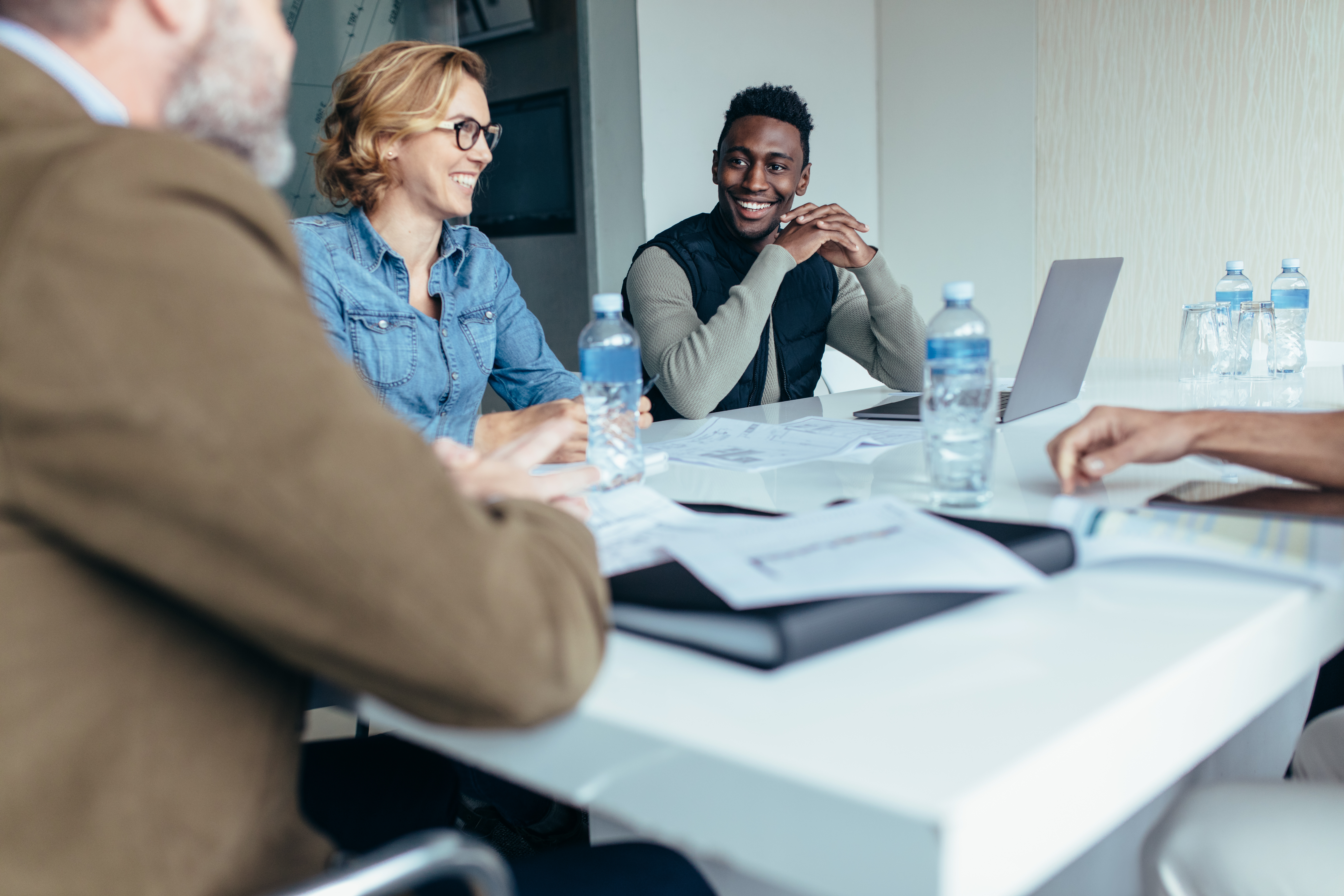The Rosenfeld Media Advancing Research conference brings together experts in user and market research to discuss the most pressing challenges in our industry and help all of us raise our game. This year’s event focused on two themes: “Yielding Strategic Influence” and “Ensuring Excellence in Our Craft,” with thought-provoking perspectives from incredible speakers.
One of the most motivating parts of the conference was hearing from people who are advancing the research methods they use and the way they communicate insights. Numerous researchers shared how their strategies are changing to ensure their work has a greater impact on business decisions and improves the customer experience.
Some key takeaways from the event:
-
It’s time to think beyond UX research
A common theme among many of the speakers and attendees was that the term “UX research” is too narrow, since everything they study relates to human experiences. Why not call it “user research” or just “research”? Yes, there are specific methodologies associated with UX research (like usability testing for example); however, when looking at the big picture, it’s important to connect the dots and think holistically.
-
The research industry must regroup and align with business priorities
Not surprisingly, the pandemic took a toll on research professionals. But, the collective trauma our industry has experienced goes well beyond that period. Layoffs continue to impact UX, research, and insights teams, even when company performance is strong. Researchers are facing increasing pressure to justify their value to the organization. Many of the speakers had advice on how to move forward and change the narrative:
-
-
- Fatimah Richmond, UX Research Strategist at Google, reminded us that business decision-makers will continue to ask for support and researchers must ensure they communicate the strategic value they deliver to the organization.
- According to Neil Barrie, Co-founder and Global CEO of TwentyFirstCenturyBrand, we’re at an inflection point, and many questions are being asked about where to go from here. He says the goal is to redefine our value by expanding the aperture of what UX research means to the wider culture. In Neil’s words, “the world needs user research to have a louder influential voice on brand leaders.”
-
-
-
- Robin Beers, Founder of Ubuntu Culture Company, advised researchers to identify and align their insights to the “power core” of their organization to ensure impact. This means not only helping to identify unmet user needs and innovation to grow revenue, but also helping to make your company more productive. Aligning your work with the company’s strategic objectives and demonstrating measurable impact are key to success.
-
-
-
- Nalini Kotamraju, Senior Vice President of Research and Insights at Salesforce, stressed persistence, playing the long game, and making the business case to executives about the importance of unifying research and insights for maximum impact.
- Nalini Kotamraju, Senior Vice President of Research and Insights at Salesforce, stressed persistence, playing the long game, and making the business case to executives about the importance of unifying research and insights for maximum impact.
-
-
Democratizing research creates stronger customer connections
Andrew Warr, Director of Portfolio Research and Insights at Dropbox, shared his perspective on the term “research democratization,” which we hear a lot lately. Democratizing research doesn’t mean everyone in the organization can conduct research on their own or should have unfettered access to customers. That could be chaotic and hinder customer relationships.
Rather, researchers should offer a framework for stakeholders across the organization to access customer insights. Solutions that support research democratization benefit customers, researchers, and the business for a “win-win-win”!
-
Inclusive research goes beyond visible traits
Victor Udoewa, Service Design Leader at CDC, emphasized that research leaders must do more to ensure truly inclusive research, so the insights they deliver represent people of all cultures and physical abilities.
To illustrate this concept, he explained how a tree with leaves and a trunk represents methodologies like observations, interviews, surveys, ethnography, etc. While these things are visible, it’s the unseen roots that make us different. Traditional research segmentation doesn’t take unseen factors into account because it groups people based on visible traits.
He encourages organizations to ask questions when setting research priorities and defining user groups to ensure insights and resulting actions are truly representative of all users.
-
A mix of AI and human intelligence will help researchers deliver the previously impossible
Savina Hawkins, Strategic UX Researcher and Prompt Engineer at Meta shared her fascinating take on practical strategies for harnessing AI in user research. She reminded us that while AI innovation can unlock our creativity it also represents a potential existential threat, which makes her both excited and terrified.
She likened GPTs to chefs traveling the world and learning all cuisines imaginable. Based on the input they receive, they can develop recipes faster than any human. However, she pointed out that AI will never know what actually tastes good to people.
This concept is reassuring to researchers. Just as companies should never accept answers from a black box without applying rigor and analysis, they’ll continue to need insights only humans can provide.
Savina shared three takeaways:
-
-
- As researchers, we’re natural prompt engineers. We know how to ask questions and seek continuous improvement.
- We should be open to tools that can do things we previously thought impossible
- We have a chance to carve out the future for our field and offer inspiration to others through rapidly changing innovation.
-
Here are some ways you can incorporate the themes and takeaways from the Rosenfeld Conference into your work:
- Find ways to include diverse audiences, including people from different cultures and with different abilities, in your research programs. Find ways to get to know them more deeply.
- Employ tools to democratize customer connections throughout your organization.
- Harness AI through prompt engineering and ensure your research solutions leverage automation.
- Assess and adjust your approach to ensure research outcomes are visible to your organizational power core, measurable, and impactful to your company’s strategic priorities.








